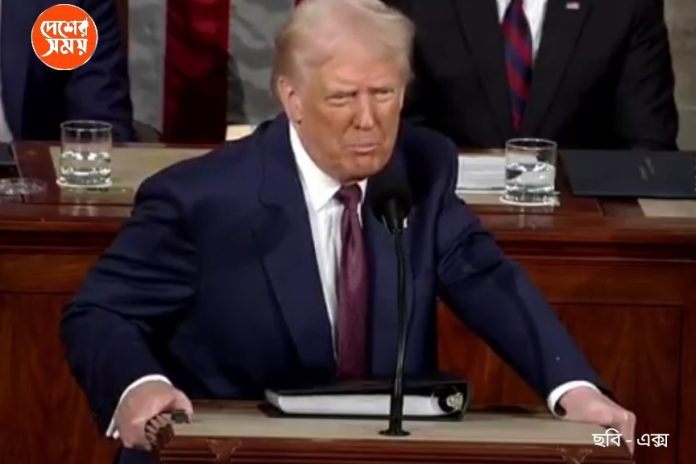In a significant shift in US trade policy, President Donald Trump has announced a comprehensive tariff regime aimed at restructuring global trade dynamics. Effective April 5, a baseline tariff of 10 per cent will be imposed on all imports into the United States, with higher, country-specific rates targeting nations perceived to maintain unfair trade practices. India is notably affected, facing a 26 per cent tariff on its exports to the US.
The ‘Fair and Reciprocal Plan’ seeks to address issues such as currency manipulation, inadequate environmental and labor standards, and restrictive regulations that hinder US exports. Under this framework, several countries are subjected to elevated tariffs: China faces a 34 per cent tariff, the European Union 20 per cent, Vietnam 45 per cent, Japan 24 per cent, South Korea 25 per cent, Taiwan 32 per cent, and Thailand 36 per cent.
China, which recorded a USD 295 billion trade surplus with the US in 2024, is particularly impacted. When combined with previous tariffs, the cumulative rate on Chinese goods reaches 54%. In contrast, countries like Britain, Brazil, and Singapore, which had trade deficits with the US, are subject only to the baseline 10 per cent tariff.
The Indian government is currently analyzing the implications of the 26 per cent tariff on its exports. While acknowledging the challenges posed by the new duties, officials view the situation as complex rather than a straightforward setback. India is actively negotiating a trade agreement with the US, aiming to reach a deal by autumn 2025.
The announcement has elicited varied responses globally.
Some nations are considering countermeasures, while others are exploring diplomatic avenues to address the heightened tariffs. Economists warn that these measures could escalate trade tensions, potentially leading to increased costs for consumers and disruptions in global supply chains.
As the international community grapples with these developments, the long-term impact of the US’s new tariff strategy remains uncertain. Businesses and policymakers worldwide are closely monitoring the situation, preparing for potential shifts in trade relations and economic policies.




